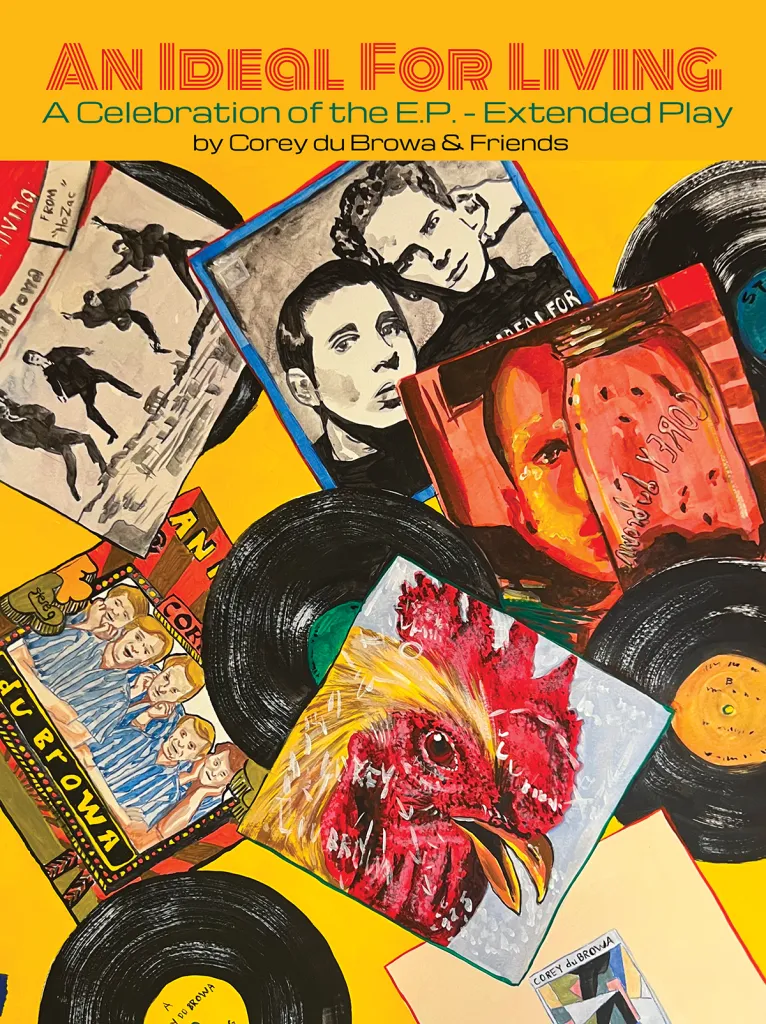“EP” means “extended play.” Did the EP come into being prior to 12-inch LPs, after LPs, or to compete with 45s? I recall hearing that they were a U.K. phenomenon and rare in U.S. record stores, at least the ones I frequented that carried the latest 7-inch 45s. Is that my misconception?
The EP came out of a good old-fashioned form factor war between Columbia Records, which issued the first LPs—Long Playing records—in 1948, and RCA Victor, which had issued the first 7-inch 45 RPM singles in 1949. RCA saw an opportunity to compete with the LP by issuing an EP—more than a single, less than an album, typically four songs split two a side—in the early 1950s. My research traces the first of these to a 1952 RCA Victor holiday catalog called Music to Play on Christmas Day—the first true EPs likely came from this, and my book includes the Three Suns’ 1952 double EP (eight songs) Christmas Party to represent the milestone.
In the U.K.—perhaps as formal an explanation as my book is likely to produce—the Official Chart Company defines the boundary between EP and LP at 25 minutes of maximum length and no more than four tracks. (A pretty rigid definition; as time went on, artists were less likely to pay strict attention to these “rules” as such.) The playing time of most EPs has generally been between 10–30 minutes of recorded sound. As form factors changed over the years, 10- and 12-inch vinyl discs, cassettes, compact discs and digital downloads and streams would all assume EP-length dimensions, which came to be defined less as a strict number of tracks or playing time vs. four or more tracks of equal importance, as opposed to a four-track single with an obvious “A-side” and numerous other “B’s” worth of filler.
What was the graphic style of the EP sleeve? Did it usually follow the original album design?
Many early EPs were cardboard picture sleeves or gatefolds, just like album covers would have been. If you look at Frank Sinatra’s 1955 EPs In the Wee Small Hours (parts 1 and 2), you’ll see a cardboard gatefold that mimics the look and feel of the album. But many early EPs are almost indistinguishable from 45 RPM singles, except for having more songs per side. Later, there were 10-inch EPs and “mini albums” that looked much more like albums than singles.
